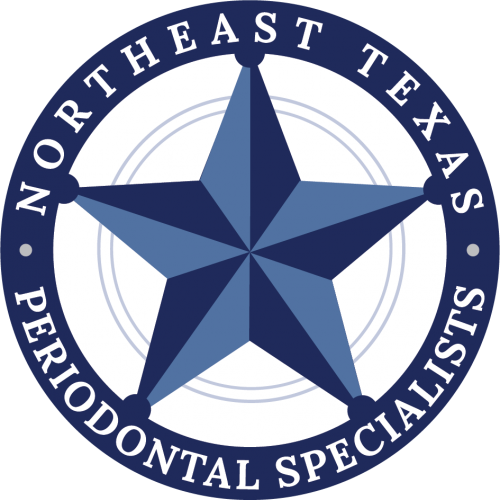If you’re familiar with the dental implant process, you’ve probably heard that implants take a while to heal, and you might wonder what that means for your missing tooth. Especially if the missing tooth is toward the front of the mouth, in the area that is visible when smiling and speaking, it’s probably not an option to go without a tooth for very long. However, adequate healing is integral to the overall success of dental implants, and dentists certainly understand that people want to look good when they smile, so there are multiple types of temporary replacement teeth that you can use while your implants heal. Each option has its own set of pros and cons, and some people choose not to use a temporary replacement tooth at all, especially when the missing tooth is toward the back of the mouth. For people missing teeth at the front of the mouth, dental implants are often the ideal choice.
Dental implants are an effective, long-term solution for people who want to replace one or more missing natural teeth. They act just like natural teeth, supporting and stimulating the bone while withstanding the forces of chewing and biting, and they look just like natural teeth, too. The base of the implant is a small post that is placed into the jaw, and it supports a dental crown that sits above the gums and looks just like a healthy natural tooth. Before dental implants can be placed, the implant dentist will evaluate the jaw. If the bone is compromised, bone graft surgery may be required before implants can be placed, and if gum disease is present, it must be addressed. After the dentist has determined that the bone is sufficiently vital to support an implant, the dental implant post is placed in the jaw, beneath the gums.
To place the dental implant, an oral surgeon will make incisions in the gum tissue and expose the bone. After drilling a small hole into the bone, the oral surgeon will insert the implant post, which is made of either titanium or zirconia, and then, either with or without a healing cap, the gums are sutured closed. The implant is then given three or more months to heal, and the implant dentist will evaluate the site periodically during healing. Because the implant post is made of a highly biocompatible material that stimulates the growth of healthy bone – usually titanium – as it heals, the bone fuses with the implant post and creates a permanent connection that encourages the bone to continue to rebuild and strengthen itself.
Once the bone has healed, the implant surgeon will uncover the top of the dental implant. While each procedure differs depending on the patient, many procedures use a prosthetic tooth, called a healing cap, that holds the gum tissue in place around a tooth while the bone heals. Once the bone has healed, the healing cap is removed and the abutment is attached to the implant. The abutment is an attachment fixture that connects the dental implant post and the dental crown, and in the last step of the procedure, the crown is permanently affixed to the abutment. Some simple dental implant procedures allow for a permanent crown to be placed very shortly after the implant post is implanted, possibly even on the same day, but this isn’t an option for everyone, just as healing caps can only work for some procedures.
For these patients, there are a few different choices. A flipper denture, which is also called a removable partial denture, is an acrylic appliance that holds a false tooth in place. The flipper denture is held in the mouth with a mold of thin pink acrylic, like a retainer, which supports a prosthetic tooth and holds it in place. Some dentists use a device called an Essix retainer, which is a clear plastic sheath that fits over the existing natural teeth and holds an artificial tooth in place. The temporary bridge is another alternative for temporarily replacing a tooth while a dental implant heals. A temporary bridge employs the adjacent teeth, using them to support an artificial tooth affixed to an acrylic attachment.
Any of these temporary tooth replacements could work for you, but you might also be able to get an immediate crown or healing cap, depending on the health of your gums and bone and the complexity of your clinical needs. Your dentist and oral surgeon will collaborate to design the best plan for you, and you’ll be included in every step of the planning, so if you know you want an immediate dental replacement option, tell your dental implant team, and work with them to determine the best choice for you.

